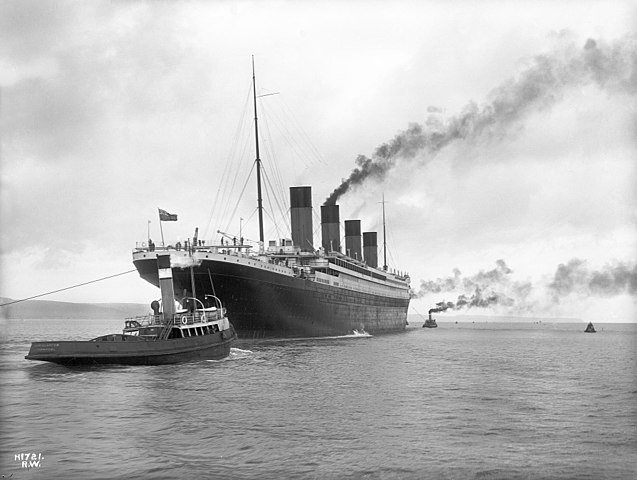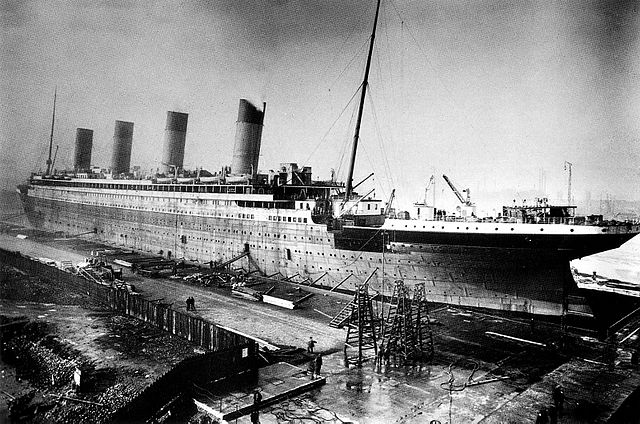[This has been updated for 2024 with some new information.

Robert John Welch (1859-1936), official photographer for Harland & Wolff
Public Domain/Wikimedia Commons
Titanic’s sea trials would begin at 0600. It was cancelled the previous day due to bad weather. The day was clear and fair for the trials. Aboard were 78 stokers, greasers, and fireman. 41 members of the crew were also aboard. Harold Bride and Jack Phillips were aboard as well both as radio operators and to make sure the equipment was ready.
Various representatives were aboard which included the following:
- Thomas Andrews and Edward Wilding of Harland and Wolff
- Harold A. Sanderson of IMM
- Francis Carruthers of the Board of Trade to certify the ship was working correctly and fit to carry passengers.
Unfortunately, due to illness neither Bruce Ismay nor Lord Pirrie could attend. The Titanic was out through a series of tests to show how she handled. These were done in Belfast Lough and in the Irish Sea. Over 12 hours the ship was driven at different speeds and her turning ability was tested. Testing on how fast Titanic could stop quickly (called a “crash stop”) was done as well. This was achieved by reversing full ahead to full astern. Titanic came to a stop in 850 yards taking approximately 3 minutes and 15 seconds. Titanic covered a distance of about 80 nautical miles (92 land miles) with an average speed of 18 knots (21 mph). Titanic reached its maximum speed of slightly under 21 knots (24 mph).
Titanic returned to Belfast at around 1900 (7 pm). Carruthers as surveyor for the Board of Trade signed the document (“Agreement and Account of Voyages and Crew”) certifying for 12 months the ship was seaworthy. Titanic would depart at 20:00 (8 pm) for Southampton. It would take 28 hours to reach her destination near midnight on 4 April 1912.
Sources:
Cameron, Stephen. Titanic: Belfast’s Own. Wolfhound Press (IE), 1998.
Walter Lord
—. A Night to Remember. Henry Holt, 1955.
—. Night Lives On. Avon, 1998
—. “Titanic.” Wikipedia, 2 Apr. 2024, en.wikipedia.org/wiki/Titanic.







